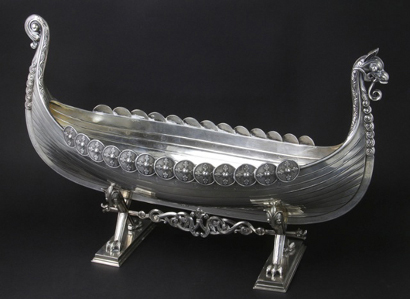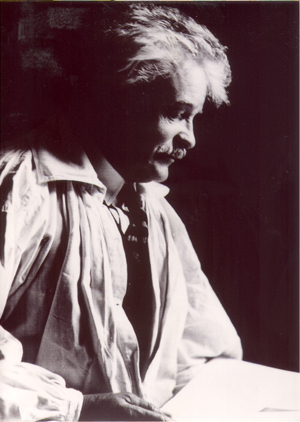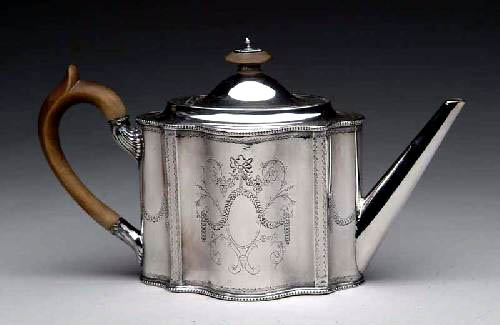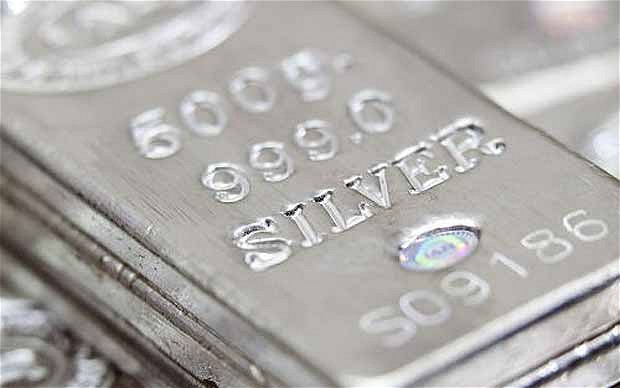Hallmarks have been used in Norway since the Sixteenth Century. The system included, at various times and in various combinations; city marks, assayer’s marks, date letters, date numbers, and maker’s marks. The farther a piece was made from the main population centers of Oslo (Christiana), Bergen and Trondheim, the more likely there were to be mark inconsistencies. The bureaucracy in control of silver marking seesawed between the Crown and the Silver Guilds for a few centuries and finally, in 1891, a simplified national system was established that is still in use.
The current system requires only a silver standard mark and maker’s mark. The old Norwegian standard of .830 purity silver is still used, but beginning around 1920, .925 purity began replacing it and is now the foremost standard in use. Town names are sometimes included with the required marks and the letters “NM” (Norsk Mønster) are sometimes seen on flatware, they are an indication of patent or copyright.
Below are illustrations of many of the latter 19th and 20th century silver producers of Norway. I will add to it as I find or am sent mark illustrations.
Magnus Aase
Bergen 1876-1953

Andresen & Scheinpflug
Oslo

Øystein Balle
Stavinger
![]()
David-Andersen
Oslo


Elvik & Co. A/S
Oslo
![]()
Marius Hammer
Bergen 1847-1927

Kristian M. Hestenes
Bergen
![]()
Nils Hansen – Oslo Sølvvareverksted
Ørje 1926 – 1990
![]()
Aksel Holmsen
Sandefjord
![]()
Ivar Holth
Oslo
![]()
A. Holthe A/S
Arendal

Ottar Hval
Oslo

Frank & Regine Juhls
Kautokeino
![]()
Brødrene Lohne
Bergen
![]()
Thorvald Marthinsen
Tonsberg

![]()
Bernard Meldah
Oslo
![]()
Einar Modahl
Oslo

Henrik Møller
Trondheim, 1858-?
![]()
Brødrene Mylius
Kragerø
![]()
Theodor Olsens Eftf
Bergen

Hroar Prydz
Oslo

Albert Scharning
Oslo
There is also a script version of this mark.
![]()
N. M. Thune
Oslo
![]()
![]()
J. Tostrup
Oslo

![]()
![]()











